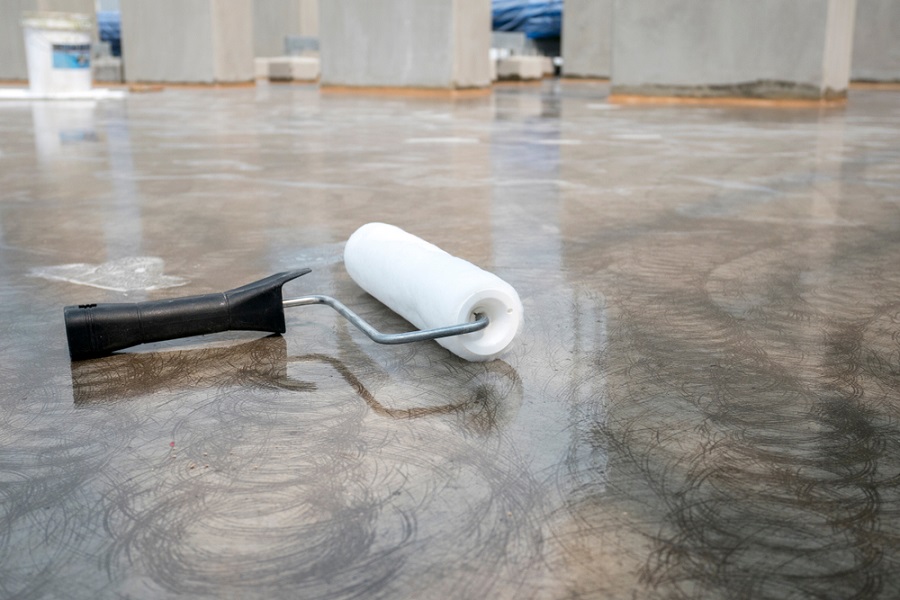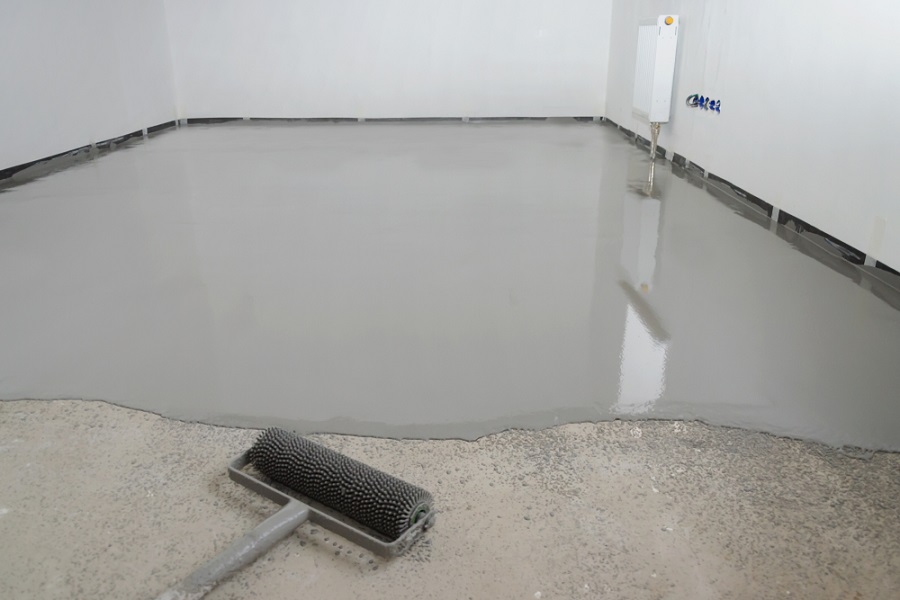Polished Concrete – Making Process, Polishing Methods, And Benefits

There is no doubt that the polished concrete floors look marvelous. Their beautiful aesthetics and durability make them suitable for residential and commercial use. Polishing of concrete is a multi-step process that involves the use of many tools and equipment. Moreover, you can also get it in various textures that add to the style of your room. The substances used for making different textures on different floors are called a penetrator. This is nothing but an industrial use chemical. This chemical is also used for polishing concrete surfaces that make them shinier.
In this blog, we are going to cover details about polished concrete and the process that goes into it.
The making process behind polished concrete
As mentioned above that, a penetrator is used for polishing concrete. It is done using a surfacing effect. On different floors, different types of polishing techniques are used, but the end objectives and methods of polishing concrete are the same.
Grinding process
The grinding process is a simple yet effective one to create a shinier and smooth concrete surface. The grinding machines are equipped with a small diamond that helps to polish and smoothen the coarser concrete surfaces to smaller and tinier particles.
The grinding process is continued utile the required grits have been achieved. To grit a surface, you have various grit-sized diamonds available in the market. The grinding machines have grit discs in which you can install the diamond grit and then use it to get a polished concrete surface.
Polishing the concrete
Here we will have a look at the two basic methods that are used extensively-
Wet method
The wet method of polishing concrete uses water to create a polished surface of the concrete. In this process, water is used as a fluid to settle down the dust during the polishing of concrete and when the grinding machines are rolling to settle down the dust.
Water also helps reduce the friction of the surface and the diamond grits in the grinding machine and thus avoids the machines getting damaged caused due to overheating.
The water also acts as a lubricant, thereby increasing the lifetime of the polished concrete surfaces.
Dry method
The dry method of polishing concrete surfaces is mostly used in commercial spaces and large places. This mode of obtaining polished concrete surfaces is preferred over the wet method. This is fast, cheaper, and causes less damage to the environment and the laborer working the premises.
The basic difference from the wet method is that here no water is used. A containment system consisting of vacuum tubes is attached to the floor polisher, which helps to suck off any dust released during the polishing time. Thus, the dust gets settled off instantly.
Benefits Of A Polished Concrete Surface

· It is highly durable
The polished concrete surface thus obtained is durable. This can easily last a decade at the bare minimum.
· Non-slippery
A concrete surface after polishing becomes highly slip-resistant. This is because the surface finally obtained after the polishing is done with a higher coefficient of friction, and thus there are fewer chances of slipping.
· Very little maintenance costs
The maintenance costs of the polished concrete surface are low as well. All you must do is wipe them off with water. For wiping, you can use a mop and use some basic floor cleaner and a disinfectant liquid.
· No added floor costs
You do not have to spend any money after the polishing. Thus, you do not have to look for tiles installation or doing mosaic over the floor.
Conclusion
As we can see that a polished concrete surface indeed has many advantages. It is an easy and cheap way to build durable floors in your houses and offices. Make sure that you hire the best contractor for this task.